Technique | Butcher Paper, Parchment or Foil

A few weeks ago, we wrote about the perfect technique for creating mouth-watering brisket. One of the steps we talk about is wrapping your meat in butcher paper, as it helps lock in moisture while your brisket reaches its final target temp. But what are some other uses for butcher paper, and are there substitutes that you already have in your kitchen that work just as well? We will give you the low-down on different wrapping techniques and how butcher paper, parchment or foil can be used on the grill.
Butcher Paper
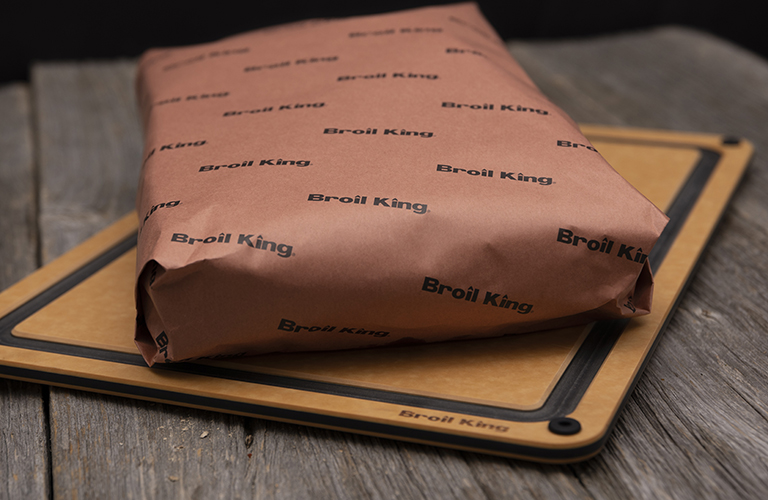
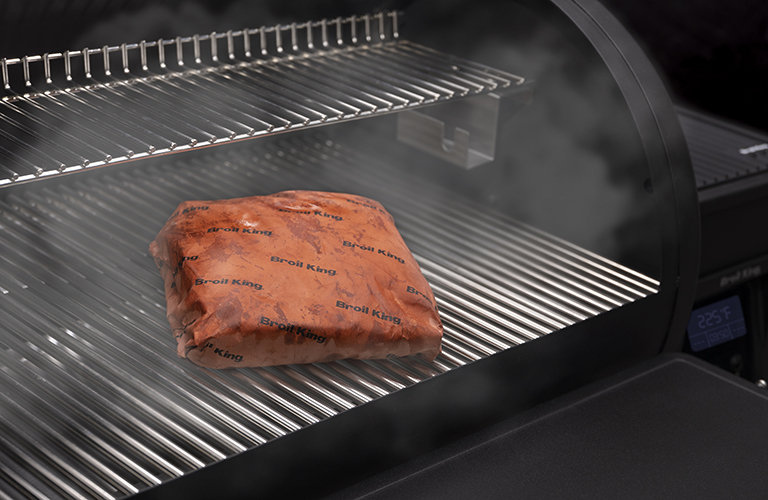

Butcher paper is made from wood pulp using the Kraft process. This technique retains the cellulose in the wood, making the fibres stronger. The word Kraft is German and means “strength,” The fibres in the paper are typically larger than your standard printer paper. The paper can have a slippery surface that contains juices when wrapping raw meats or fish. It is 100% food safe and is the best choice for wrapping food when storing or smoking.
The reason it’s the preferred choice for wrapping meats like brisket or pork shoulder is because it is tough enough to retain moisture in your meat while it climbs past its stalling point without losing the crisp bark on your meat. It is still paper, so it does let steam vent out, so you don’t boil your meat, but it doesn’t let all of the moisture out. The result is a fall apart brisket with the perfect blackened crust. Without wrapping your meat, you can end up with dried-out meat that is chewy and leathery.
Butcher paper can burn up on a scorching grill. So, while it is ideal for smoking, butcher paper shouldn’t be used for cooking at temperatures higher than 450˚F (232˚C).
Parchment Paper
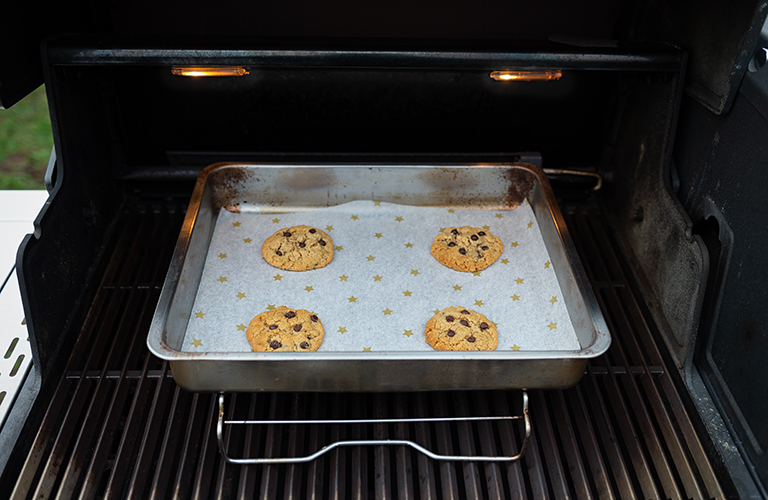
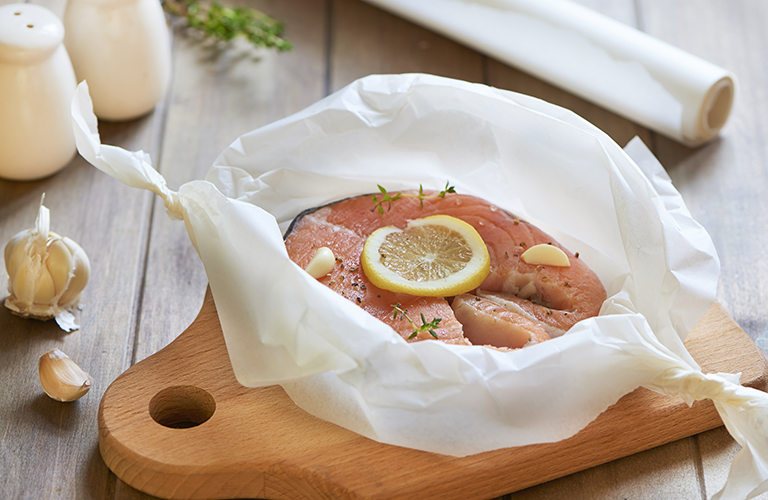

Parchment paper is found in most kitchens, and it does have many uses in the oven and on the grill. It’s a great option for baking things like cookies or bread since it has a non-stick surface. It’s also useful for grilling items like vegetables or fish. This is because the treatment on the parchment fully traps the steam to lock in moisture and cook your food faster. Note, don’t confuse parchment paper for wax paper, as it has a wax coating applied to the surface, whereas parchment paper is treated in a bath of sulfuric acid, which gives it its non-stick, grease resistance and resistance to moisture.
However, it’s not an ideal choice for smoking meats like brisket. This is because the paper will lock in too much moisture and ruin the texture of your bark. It can also leave the centre of your meat soggy as it ends up boiling in its juices.
Parchment paper can also burn up on the grill, so it should be avoided for high heat grilling. Anything over 450˚F (232˚C) will burn up the paper.
Aluminum Foil
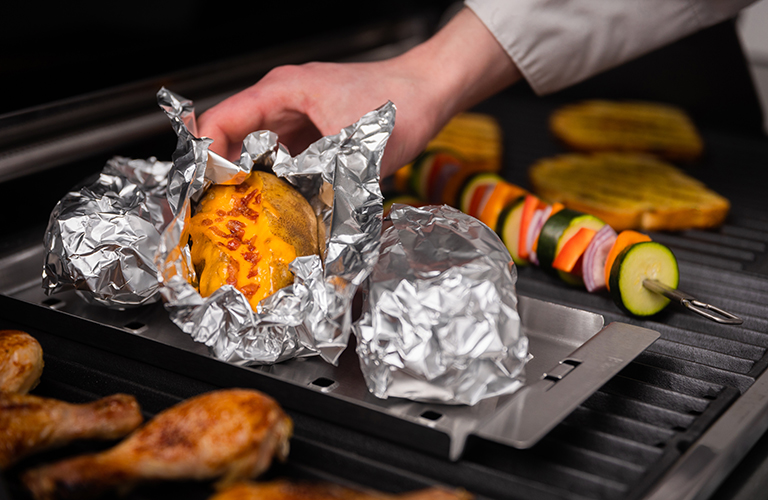
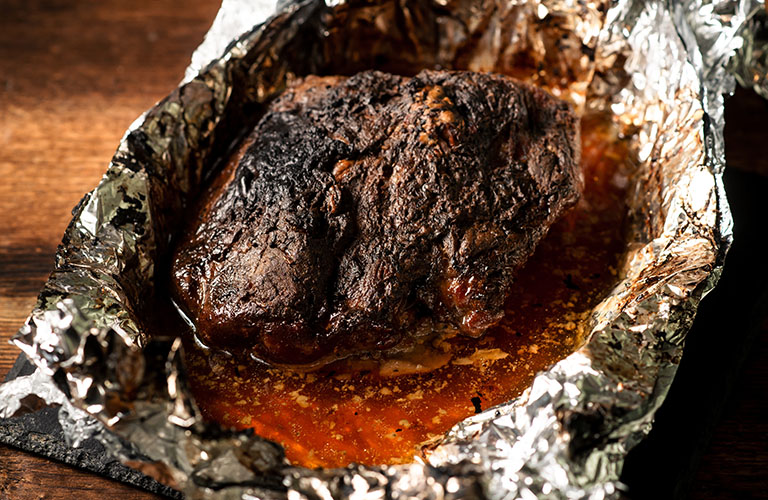
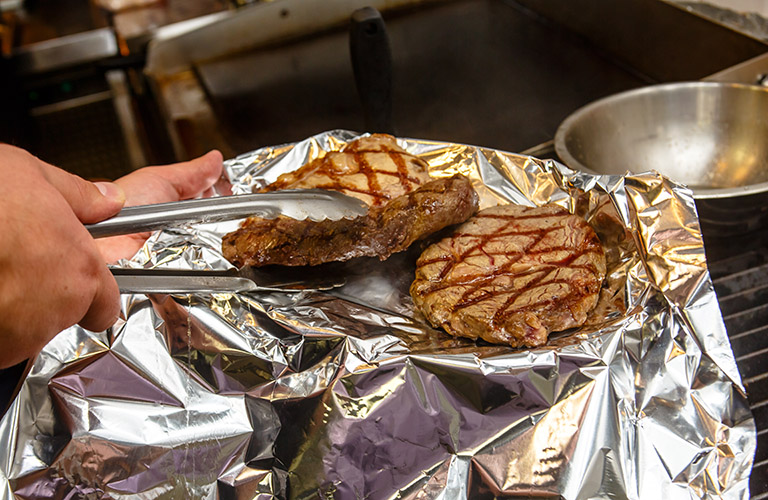
Aluminum foil is highly versatile on the grill because of its heat and moisture resistance. Wrapping your meat in foil is commonly referred to as the “Texas Crutch,” ensuring juicy flavour and texture. This is because the foil traps all of the moisture and fat from your meat so that they’re reabsorbed by the meat when it is taken off to rest. Using foil can reduce the overall cook time and prevent your meat from drying out. The problem that can arise when using foil is that you can end up with overly tender meat that’s stringy or mushy because it essentially boiled in its juices. On something like a brisket, it can ruin the crusty bark you’re aiming for.
So, foil isn’t so great for brisket, but it is excellent for other meats like ribs or steaks that you want to rest for a few minutes after pulling from the grill. It’s also great when cooking items at high temperatures, such as baked potatoes, since it won’t burn up at higher temperatures. It’s also suitable for use as a liner when cooking extra greasy items on the grill, making clean-up easier.
